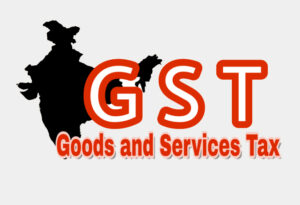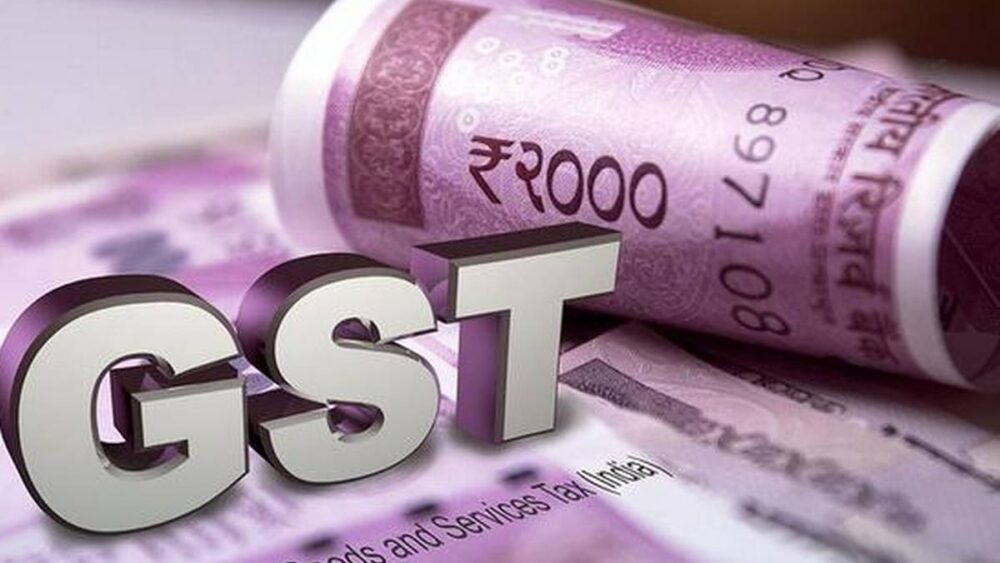in this article, we are going to discuss the fundamentals of GST in India.
The Goods and Services Tax (GST) is an indirect tax in India that has replaced numerous other indirect taxes such as excise duty, VAT, and service tax. The GST was enacted by parliament on March 29, 2017, and went into effect on July 1, 2017.

Gst INDIA
GST is a tax that is imposed on the sale of goods and services. Every value addition is subject to a thorough, multi-stage, destination-based tax. As a result, GST has now become the country’s only domestic indirect tax law. The GST regime imposes a tax at every point of sale.
GST’s Advantages
- The cascading effect on the sale of goods and services has been eliminated by the GST.
- The GST has eradicated the tax on tax.
- Because of GST, the cost of goods has fallen.
- GST is a technology-driven tax.
- Online registration, return files, refund applications, and notice responses are all required.
GST Types
GST is divided into three categories.
- The central GST, often known as the CGST, is a tax levied by the Central government on intra-state sales.
- GST (State GST) or SGST (State Goods and Services Tax): The state government collects a tax on intra-state sales.
- IGST: For an interstate sale, the central government collects a tax.
GST Invoice
E-Way Bills
- GST implemented e-way bills for interstate goods transit in April 2018.
- On a common portal, e-Way bills for items transported from the point of origin to their destination can be generated under this method.
- Tax officials have profited as well, as this technique has cut down on time spent at checkpoints and reduced tax evasion.
E-Invoicing
- For firms with annual revenue of more than 500 crores, an e-invoicing system was launched in October 2020.
- This was also extended to those having a yearly aggregate revenue of more than 100 crores as of January 1, 2021.
- e-Invoicing enables invoice interoperability and reduces data entry errors. Its purpose is to send invoice data directly from the IRP to the GST portal and the e-Way bill portal.
Invoice for GST
The GST invoice is generated based on who is providing the goods and services. As a result, GST invoices are divided into seven categories. The following are some of them:
- Invoice for taxes
- Bill of Goods
- Voucher for receipts
- Voucher for refund
- For a continual supply, an invoice is utilized.
- When the supply of services is terminated, the invoice is used.
- Consolidated tax invoice (CTI)
Invoice for taxes
The tax invoice is a GST invoice that is often sent by the seller to the customer when taxable goods and services are purchased. The following information is included on tax invoices:
- Price of each commodity sold or service provided
- The product’s name
- Unit of sale of goods and services
- The items and services are described in detail.
- Date of supply Terms of supply
- Get a discount (if any)
Bill of Goods
According to the Central GST Act of 2017, a bill of supply is a type of GST invoice produced by a GST-registered seller who provides exempted products or under the composition scheme in the Goods and Service Tax.
Voucher for receipts
Receipt vouchers are GST invoices given by suppliers when an advance payment on the acquisition of goods and services is received.
Voucher for refund
Refund vouchers, unlike receipt vouchers, are supplied when the supplier is unable to fulfill the products and services to the buyer.
For a continuous supply, an invoice is issued.
For a continuous or regular delivery of GST by suppliers to customers, this GST invoice is given simultaneously with account statements at the time of receiving payments.
Invoice is generation When supply services are terminated.
When a contract for the supply of services between a supplier and a buyer is canceled, a particular form of GST invoice is produced. In addition, an invoice is generated for the time the contract was active.
Consolidated Tax Invoice (CTI)
Unregistered recipients receive a CTI, which does not require an invoice.
Invoice format for GST
The CGST Act of 2017 stipulates that the GST invoice format must include the following fields:
- Date of invoice
- Number of the invoice
- Customer’s name
- Customer’s billing/shipping address
- Description of the sold goods/services
- Number of items/services sold
- GSTIN of the taxpayer/customer
- unit pricing
- Harmonised System of Nomenclature (HSN) Code
- Location of Supply
- Applicable discount/taxable value
- GST rates The total GST charged for the item, including relevant CGST/SGST/IGST data
- The supplier’s signature
GST Returns
Every individual, firm, or limited liability partnership (LLP) that is registered under the GST Act is required to file GST returns regularly. The Indian tax authorities require you to file GST returns to assess your tax liability.
GST is filed using numerous GST forms such as GSTR-1, GSTR-2, GSTR-3B, GSTR-9, and so on. The paperwork you’ll end up filling out is determined by your sales and transactions. The most frequent forms that practically every taxpayer must file are GSTR-1 (monthly/quarterly return), GSTR-3B (monthly summary return filed), and GSTR-9 (year return).
GST Returns Can Be Filed in a Reasonable Way
Contact us at PickMyCompany if you have a business and don’t have the time or competence to file GST taxes. Our team of professionals will assist you and file your GST returns on your behalf.

